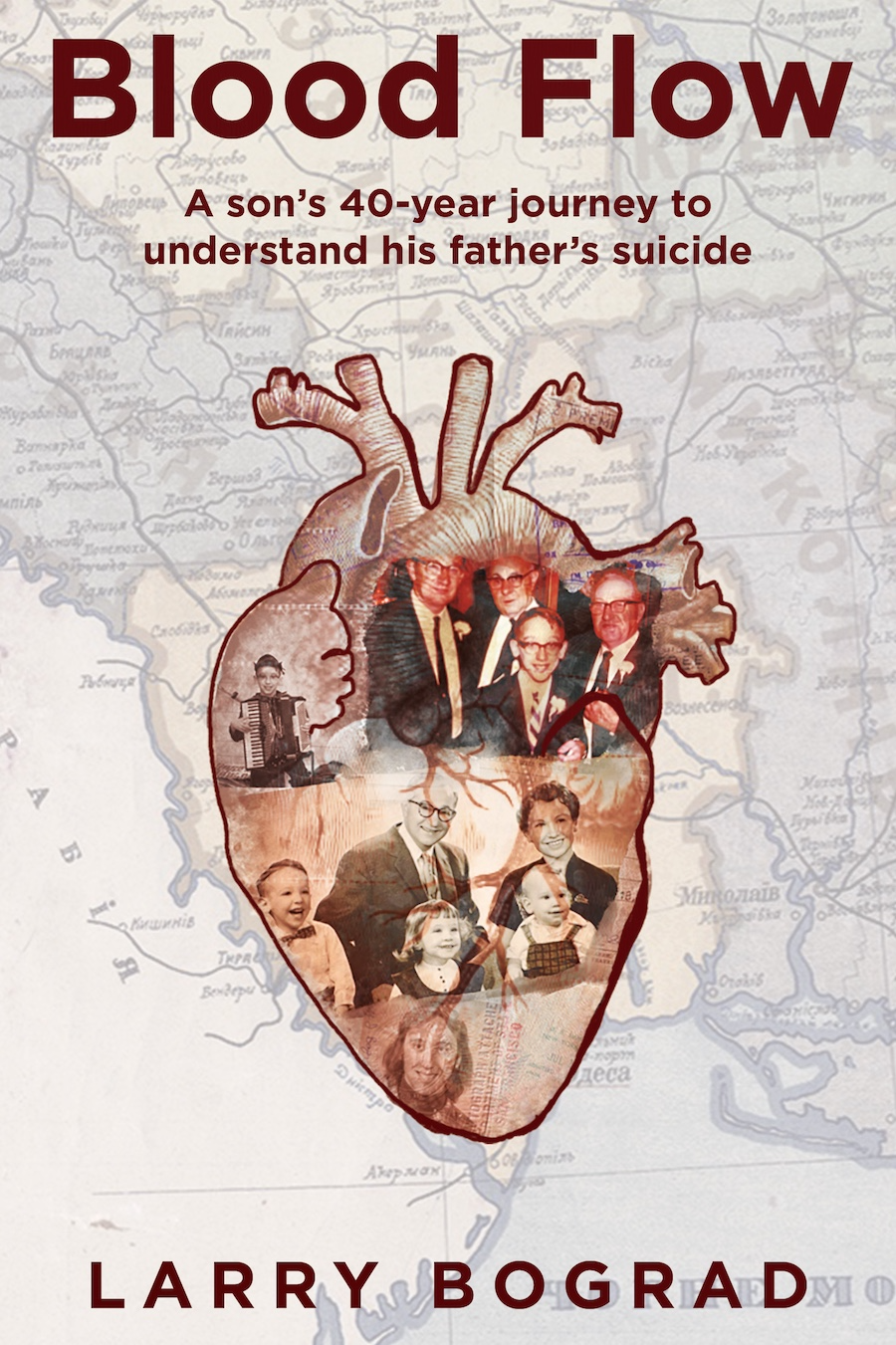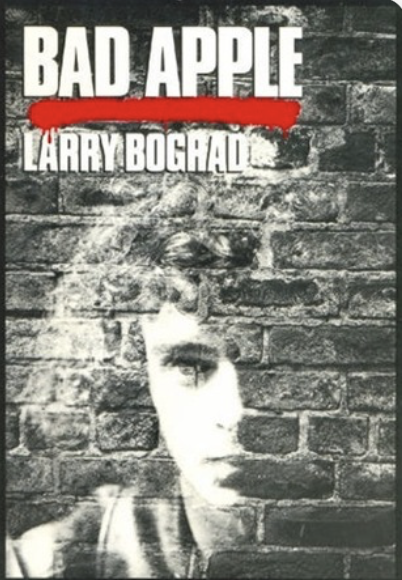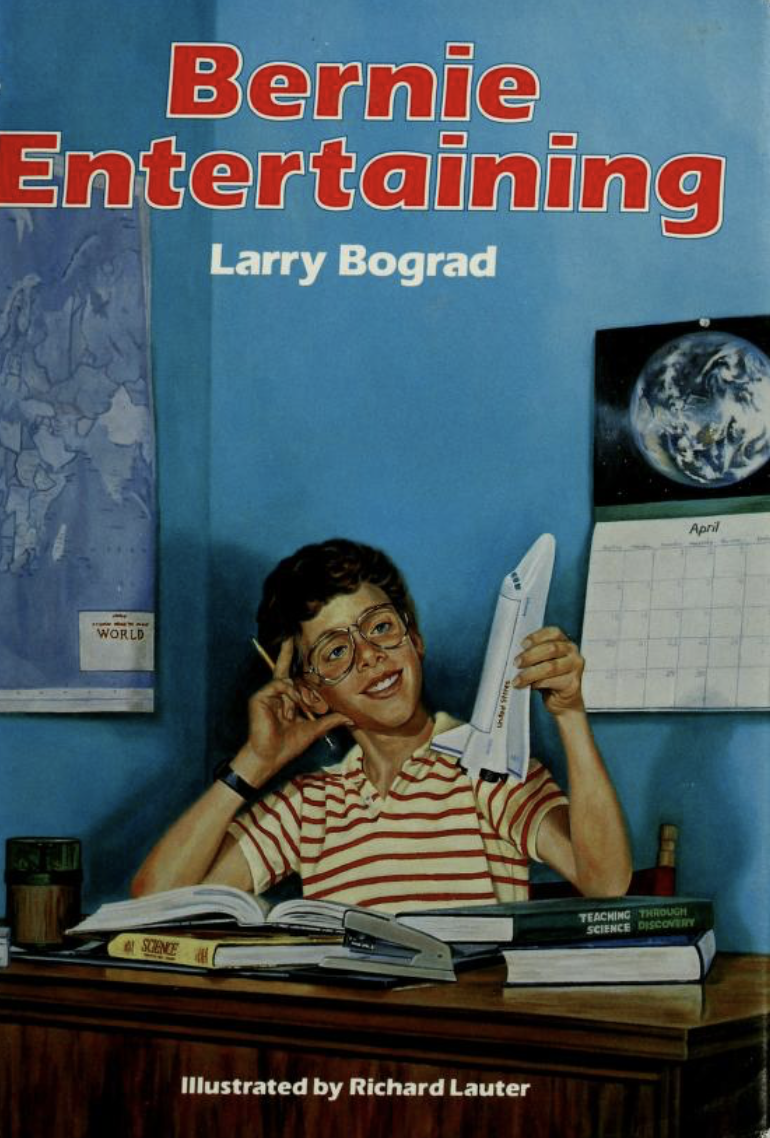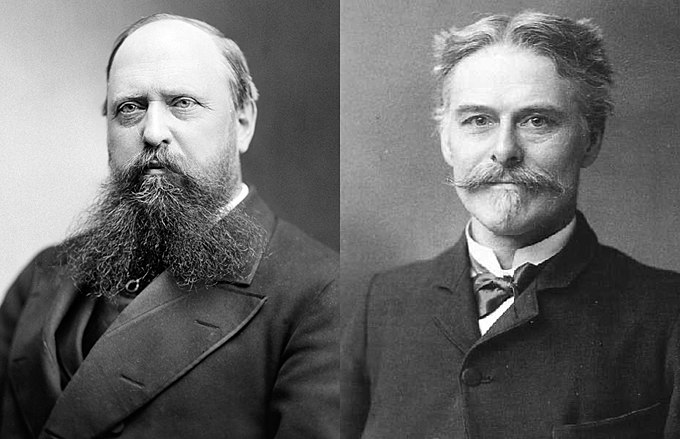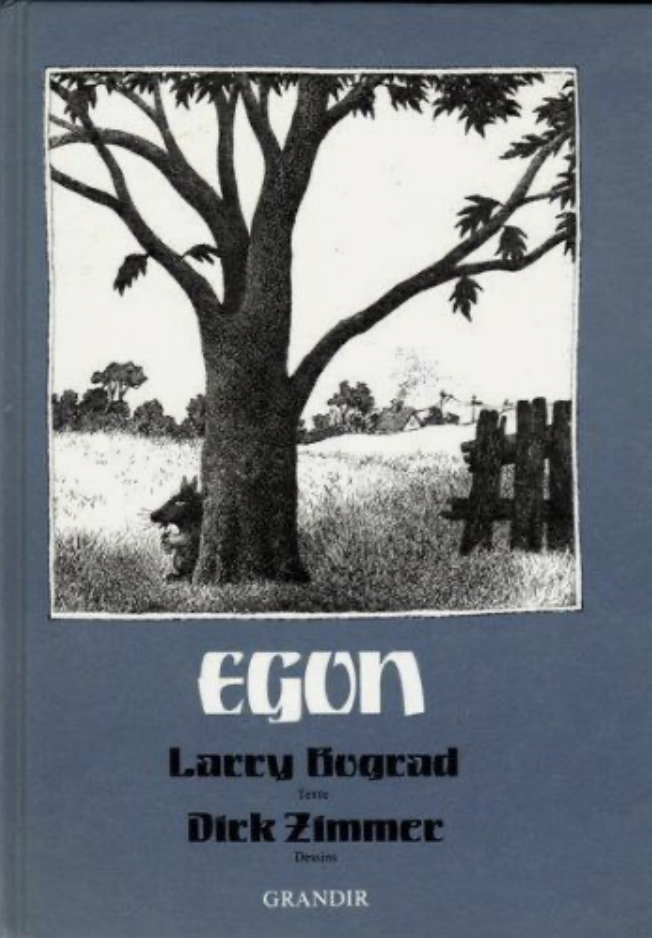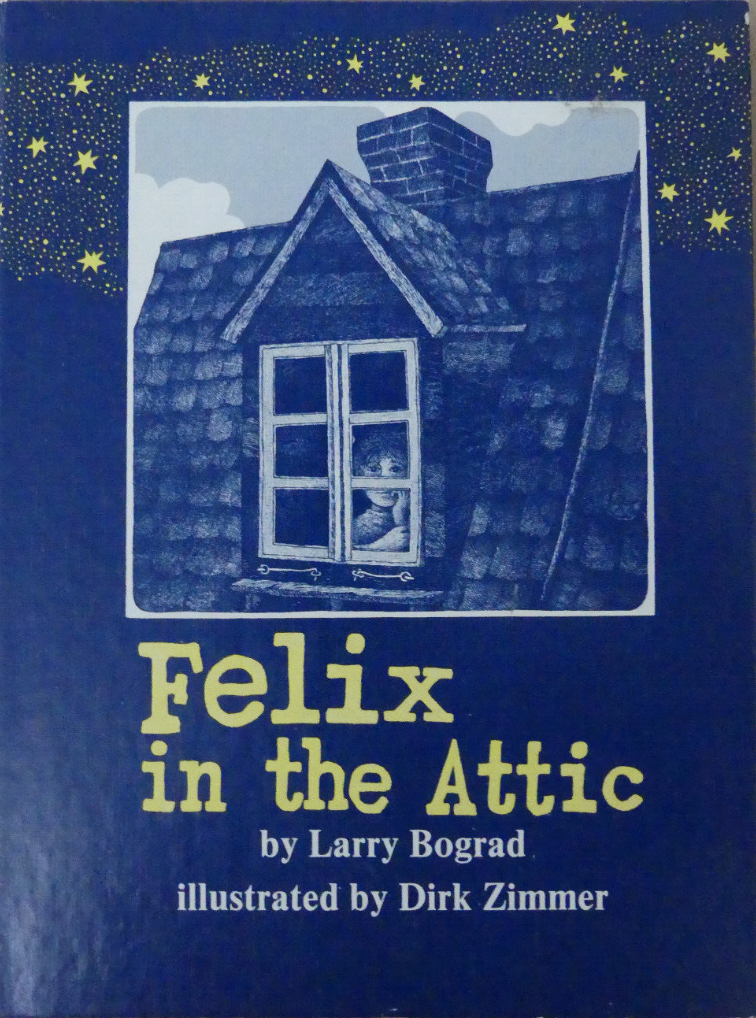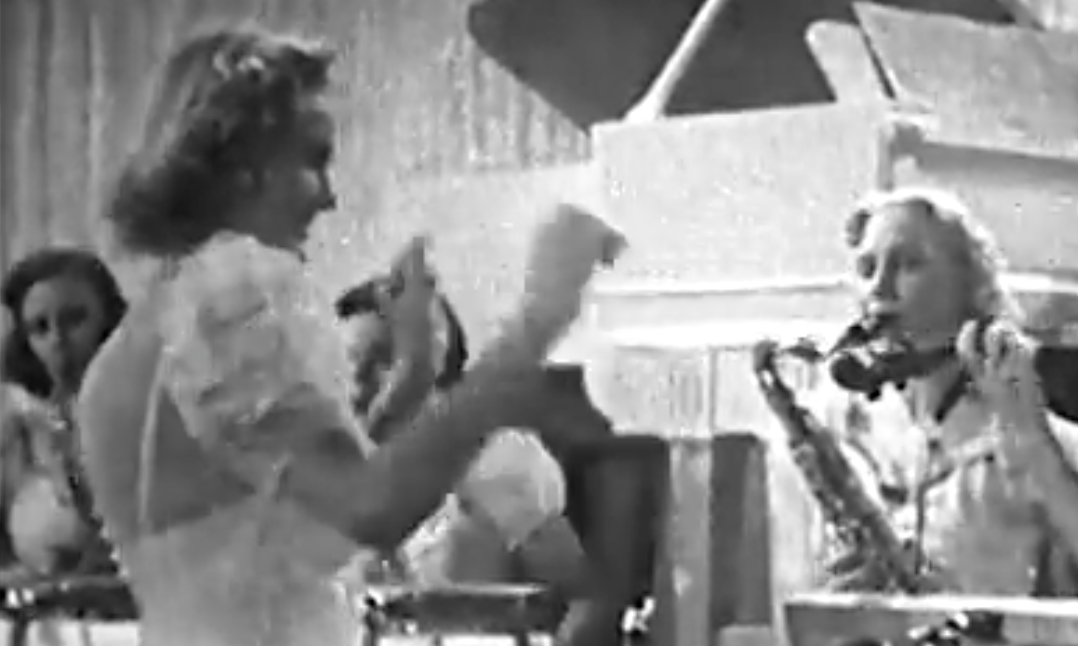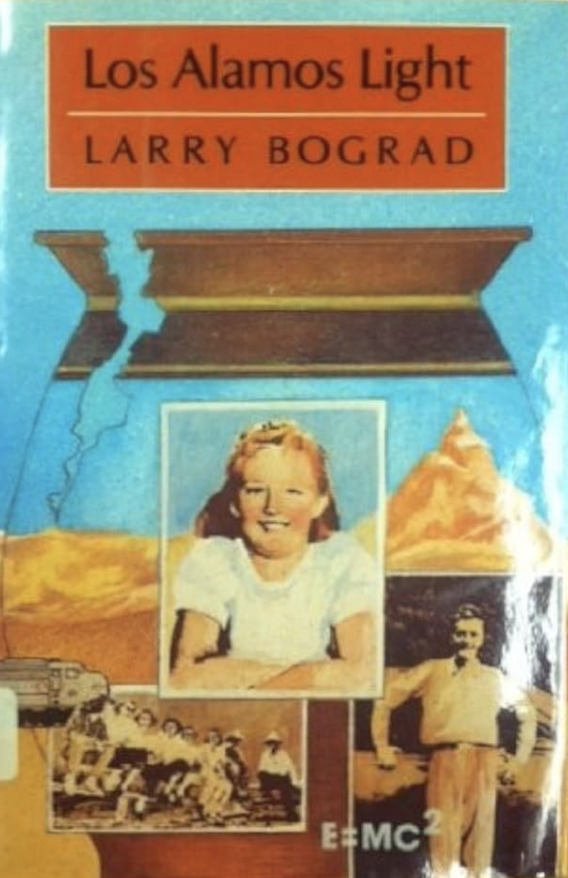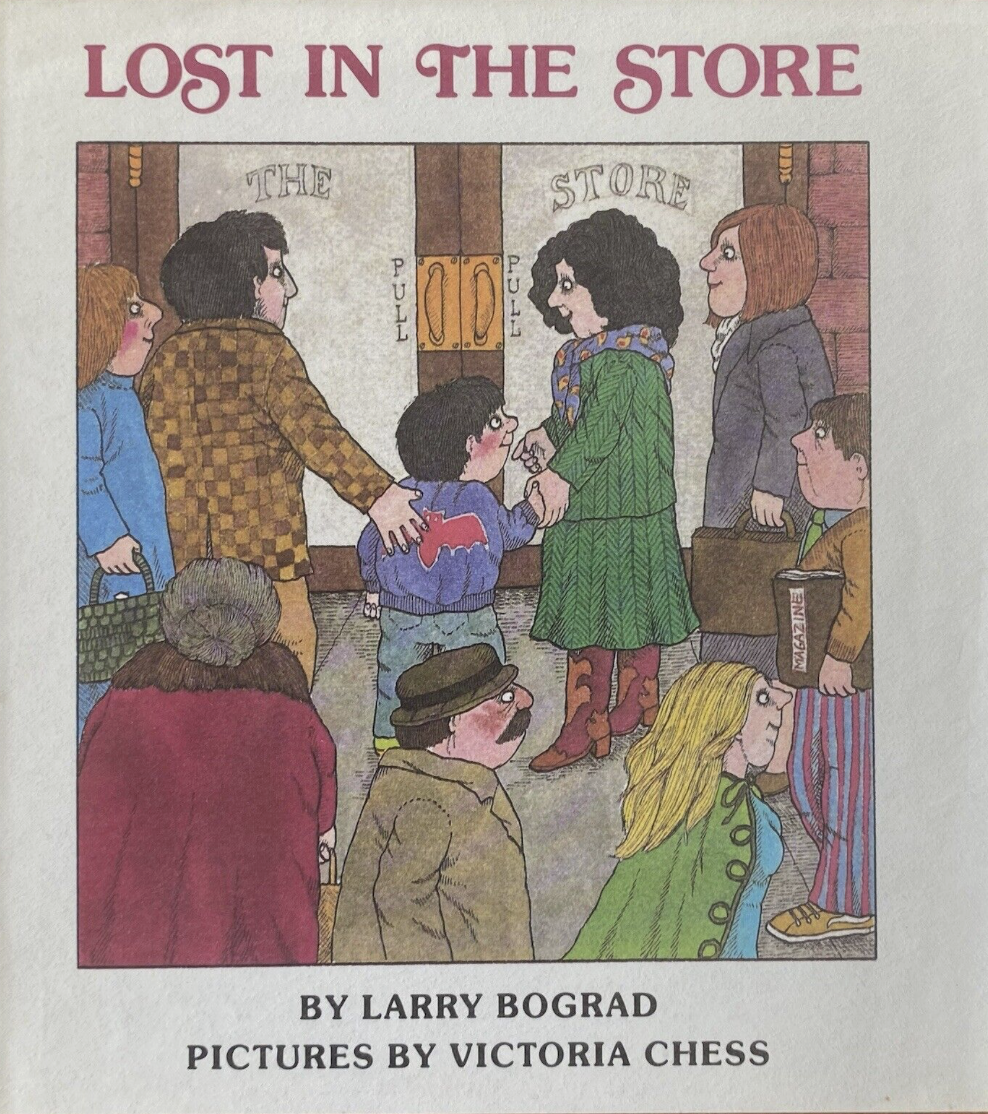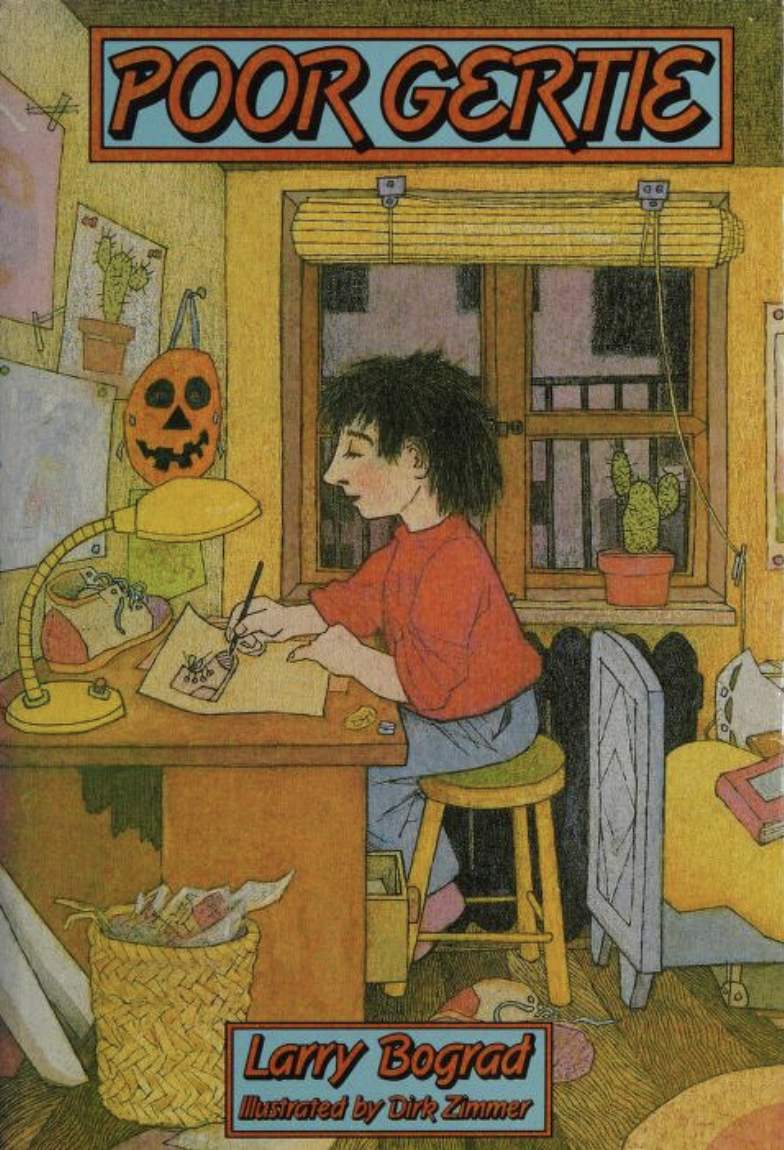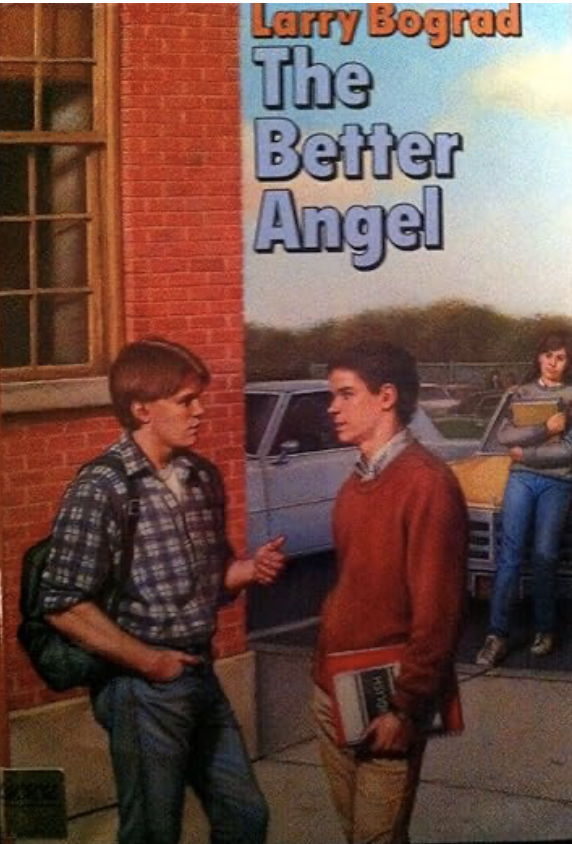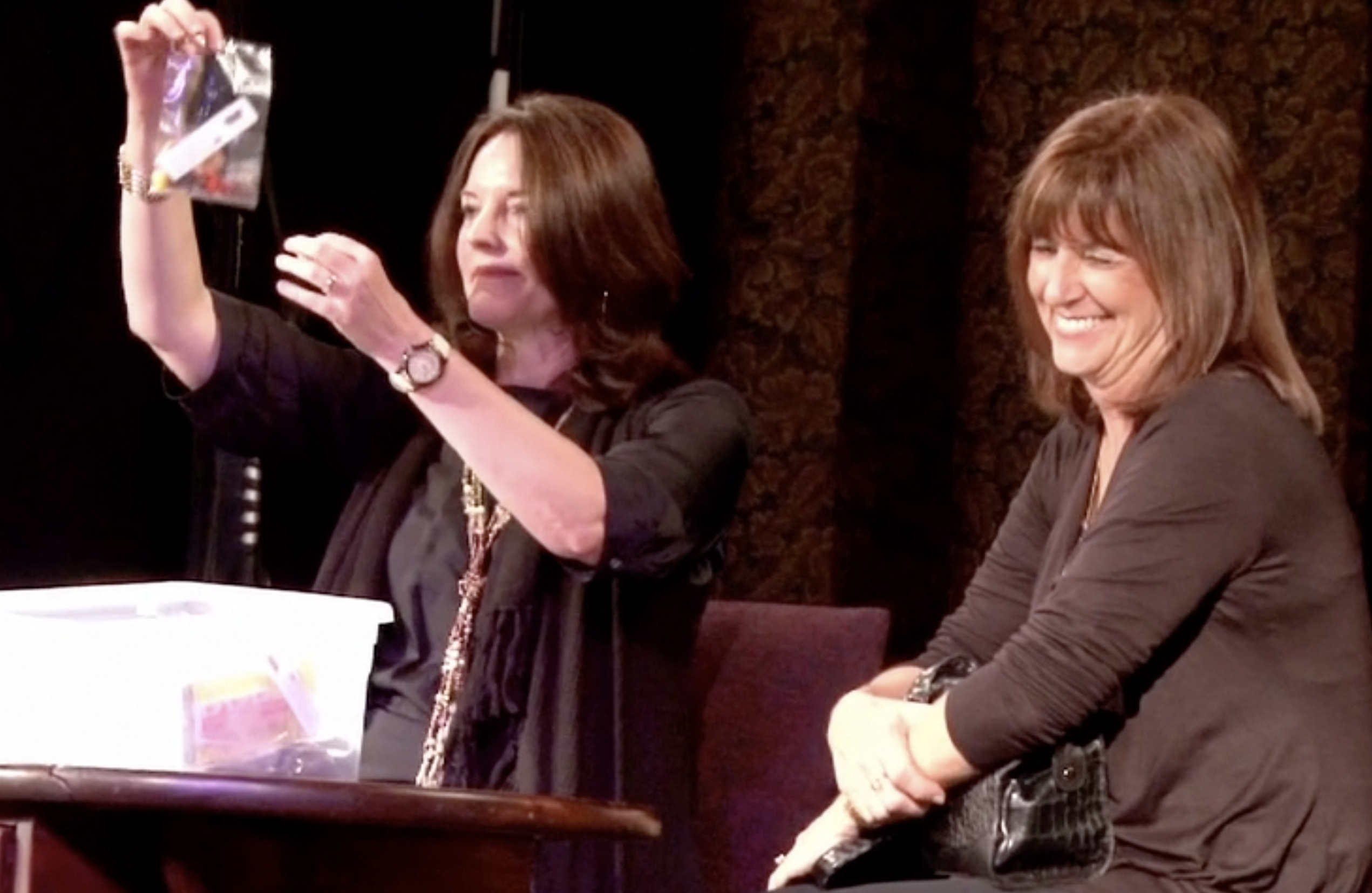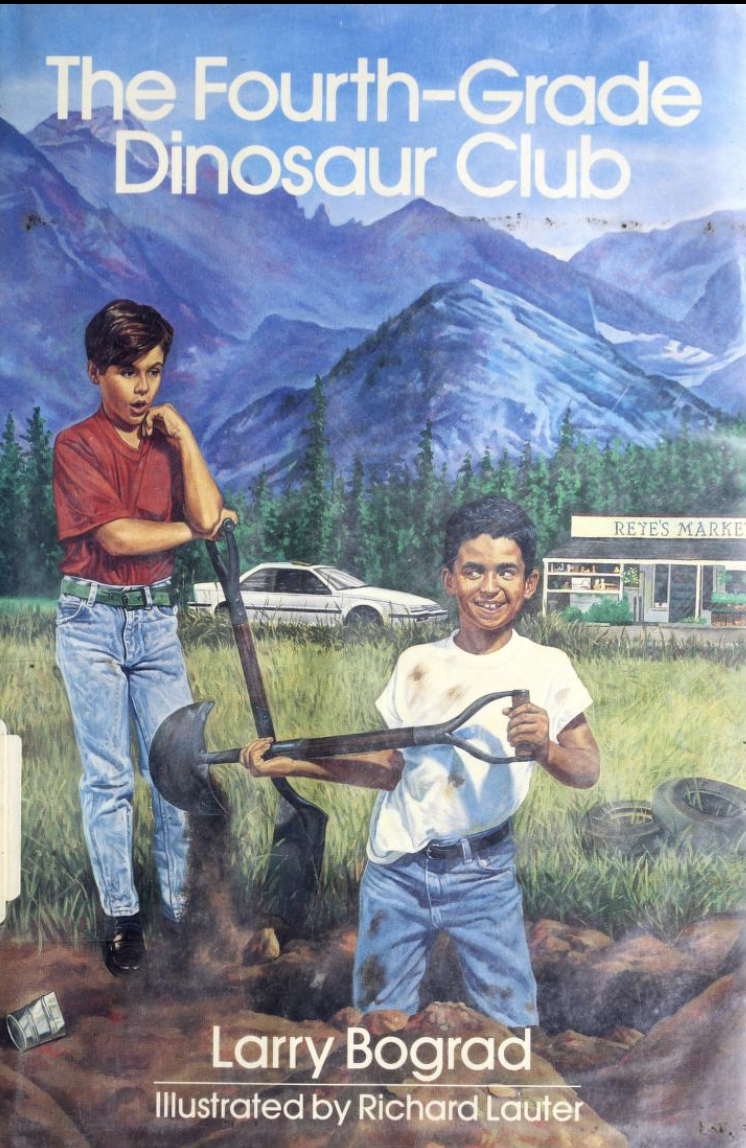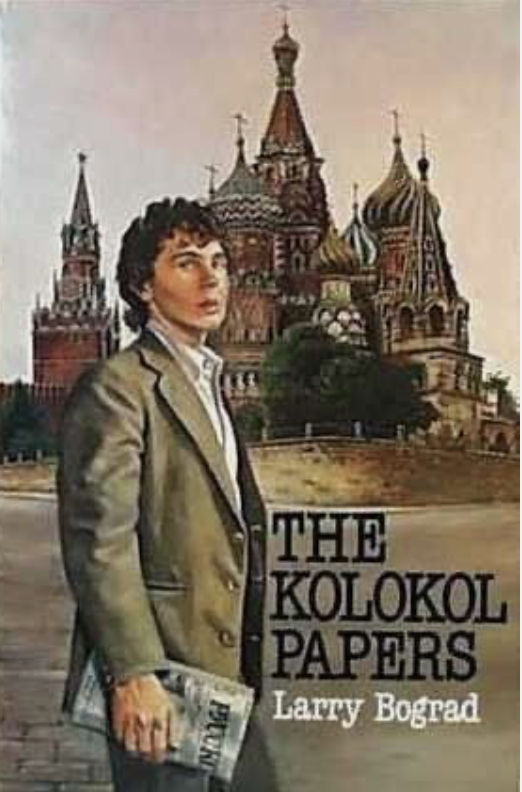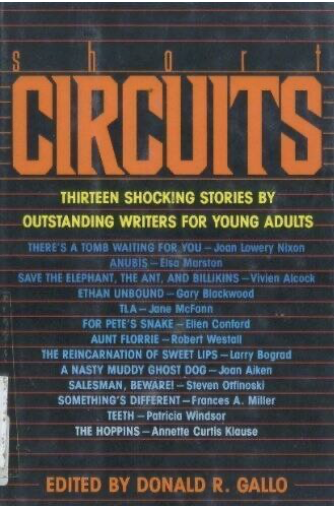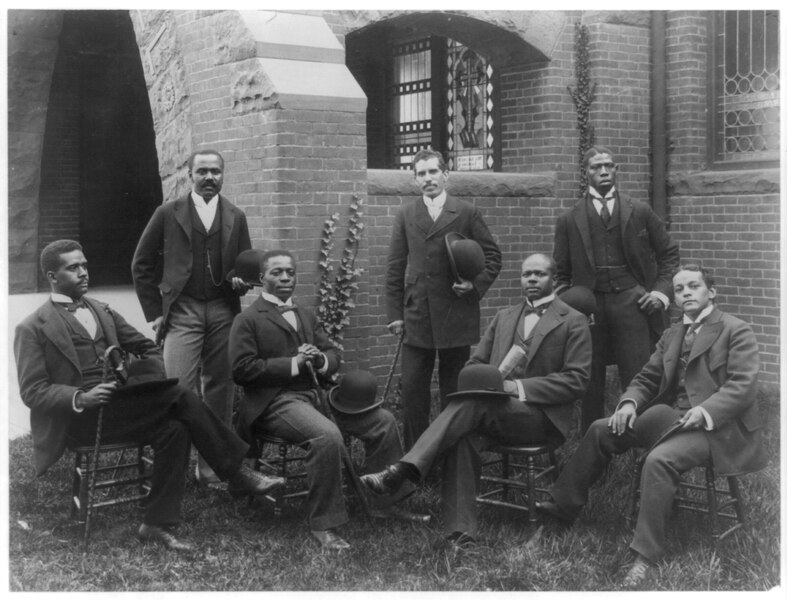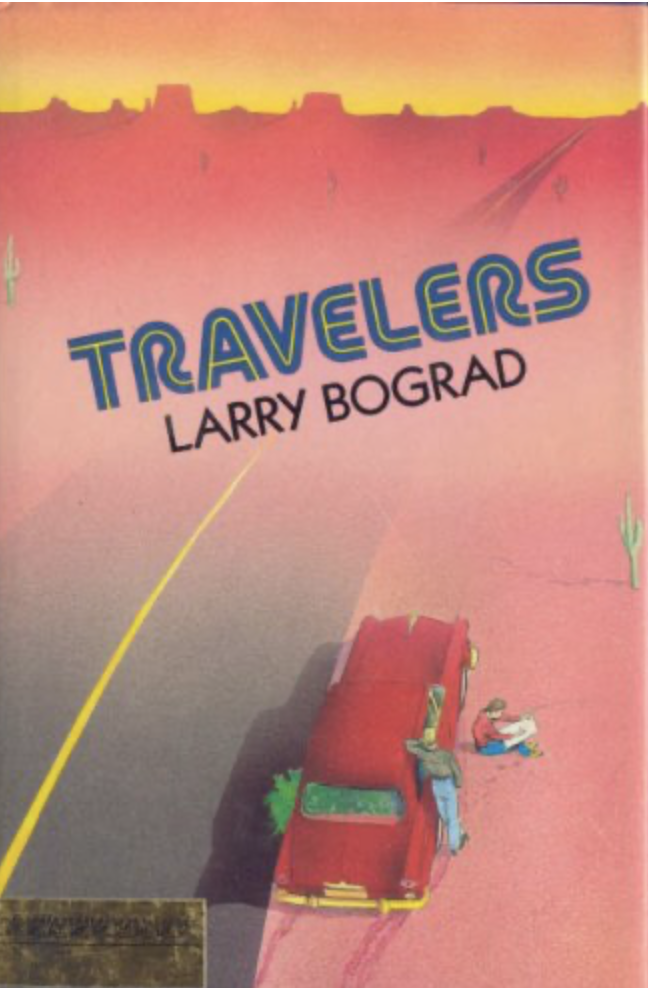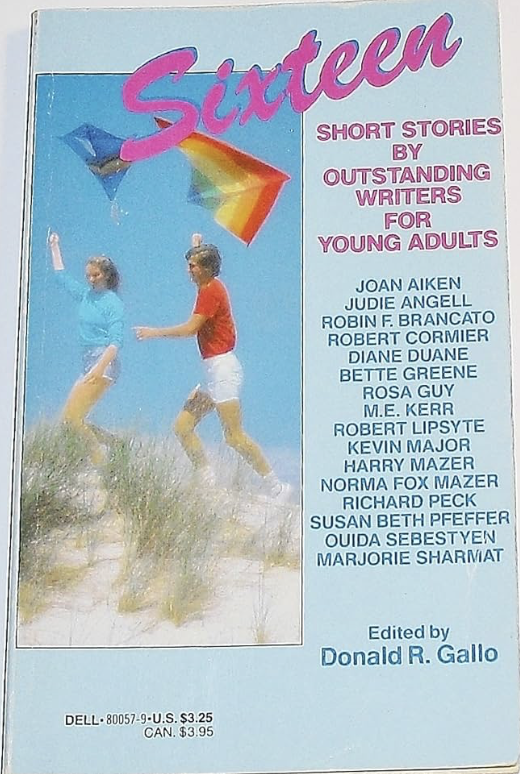Now Available from Global Arts Press
Blood Flow, a powerful new memoir by Larry Bograd, opens with two life-altering events decades apart. Facing triple bypass surgery at age 53, Larry finds himself unable to escape the shadow of his father’s early death. What begins as a son’s search for answers about his physician father’s suicide grows into a deeper exploration of family ties, inherited trauma and the challenge of healing a damaged heart.
Read More >>
Over many years, Larry interviews relatives and family friends, uncovers long-buried secrets, and unearths hospital records revealing Nathan’s repeated battles with depression, including hospitalizations Larry and his siblings didn’t know about before their father’s death. His investigation leads him across continents, from post-war Trieste, where Nathan served in the Occupation Medical Corps, to the Ukrainian town of his father’s birth.
Spanning generations and geographies, Blood Flow weaves together the complexities of growing up Jewish in suburban Denver, the burden of grief, generational trauma, immigration and the universal struggle to truly understand one’s parent. At its heart, this memoir is a story of reckoning, resilience, and how the past continues to shape—and sometimes even save—our lives.
Note From The Author:
Blood Flow covers a lot of ground—growing up Jewish in suburban Denver in the 1960s, family secrets, suicide, shock and grief, seeking to understand one’s parent, international travel, uncovering previously unknown medical records, interviews with relatives—never losing sight of its central theme: the need and challenge of understanding a troubled immigrant’s life and the American child he left to mourn.
Read More >>
I’ve written various drafts of this memoir over the past five decades. My first attempt was when I was nineteen years old. I had a summer job lifeguarding at the swimming pool of a new townhouse development east of Denver on what had been prairie. Owners were supposed to move in by Memorial Day. Construction problems delayed the arrival of residents until after Labor Day. So, I spent that summer watching a pool no one used except when I swam laps. I started writing my story in a spiral notebook. I entitled it Double Take because the conceit involved a teen lifeguard going crazy and drowning himself six years after his father’s suicide. Subtle? I think not. The effect was juvenile, although it preserved six-year-old memories I would use in subsequent attempts to capture that time.
I wrote new versions at least once each ensuing decade. I tried it as a novel with a first-person narrator. I tried it as a novel with a third-person voice. I dredged it of emotions and tried it as what was then called “new” journalism (and today goes by “creative non-fiction”). I broke apart the chronology (early post-modernism) and then restored it. I returned to the first-person narrator and added the plotline of my bypass surgery. I conceived and abandoned various titles—Steel in the Heart, This Sad Old World (title of a Neil Young song covered by Emily Harris), The Poignancy of Life and Suicide.
Reading an earlier twenty-first-century draft, my brother said, “It’s good, but it lacks humor, and you’re funny.” So, I strategically added levity, if mostly to entertain myself, because writing the same tale of trauma became, well, almost boring. For decades, I thought I’d solved numerous structural and narrative problems, which, at its heart, is what creative writing is about: problem-solving, establishing rhetorical patterns, deepening characters, handling chronology, building pages and then cutting back, constantly seeking the secret sauce to please me and appeal to my fantasy agent/publisher/readers. Last decade (or was it the decade before?) I found a New York literary agent who loved my then-manuscript. She felt so confident about its success that she simultaneously submitted it to a dozen publishing houses, anticipating an auction and, instead, forwarded me a dozen rejection letters.
And yet, I keep working on my most traumatic story. (Don’t most people have their one seminal trauma?) Did I finally solve tone, pacing, structure, vocabulary and other things that make writing fun and challenging? That’s your call, dear reader, as it must be. (I would answer “no.” Novels, even masterpieces, can always use another draft or three or twenty. So many authors and journalists are credited with saying/writing, “A book is never finished; it is abandoned,” that it’s become a tiresome meme.)
About the Author
Larry Bograd
Larry Bograd is an award-winning, widely translated author whose works have been published by Farrar, Straus and Giroux, Harper, and Macmillan. In addition to a UK edition, his work has been translated into Japanese, French, Swedish, Danish and German. His first book, Felix in the Attic, won the Bank Street College Irma Simonton Black “Best Book for Children” Award, and his novel, Los Alamos Light, was selected as a UNESCO Book for Peace. He has an extensive backlist and several anthologized short stories.
He is the co-producer, co-director, and editor of two documentary features co-created with his wife, Coleen Hubbard. The first, I Can Tell the World, about the history of Spirituals music, received the Best Music Award at the Rhode Island International Film Festival.
One of his plays, The Half-Life of Karen Silkwood, commissioned by her union, was produced by several theatres across the U.S. Two of his original screenplays have been optioned.
He lives in Denver, Colorado.
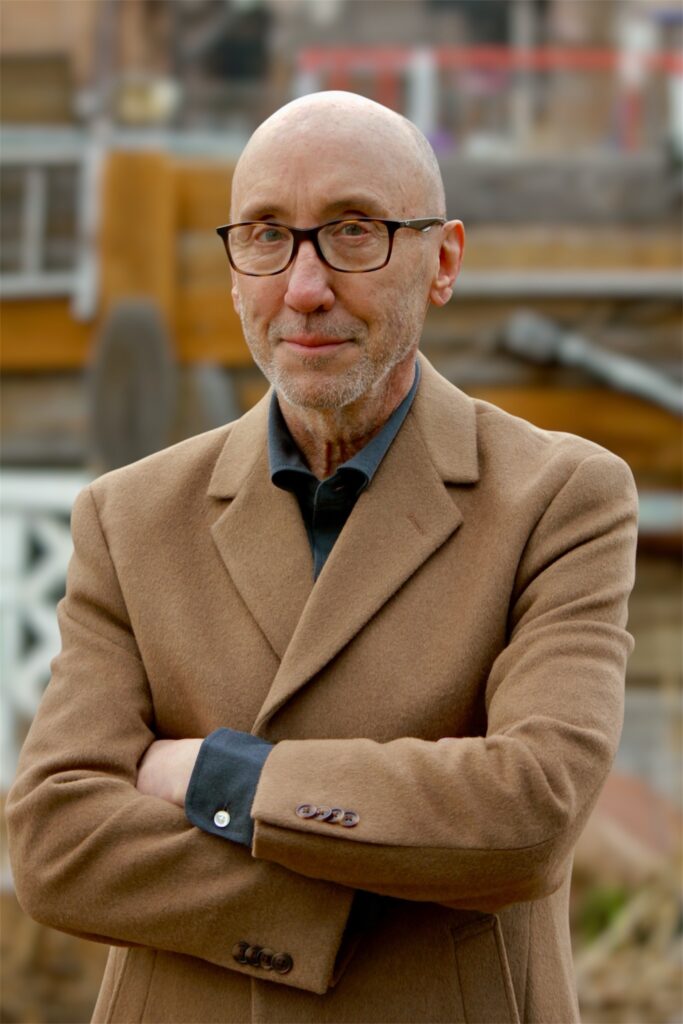
Explore Larry Bograd’s work—published books, released documentaries, and original screenplays and novels seeking a new home.
All rights are available. Interested in publishing or producing? Reach out here.
Bad Apple
By Larry Bograd
Translated into Japanese and published in the UK by Bodley Head, recipient of a Boston Globe rave review. Fifteen-year-old Nicky lives in a run-down Brooklyn apartment with his parents and “crazy” Uncle Eli. His life is going nowhere when his friend Prune enrolls him in a get-rich-quick robbery (that goes horribly wrong).
Bernie Entertaining
By Larry Bograd
Translated into Swedish. In this comic novel, ten-year-old Bernie wants to be a famous astronaut someday or star in his favorite TV show. All he can do for now is get through grade school and be ready for the city-wide dance festival. Unlike Bernie, his best friend, James, is good-looking, popular, and athletic. Plus, Bernie managed to make an enemy of Bronto Blahberg, the toughest kid in school. Will he be “Bernard the Nerd” forever?
Dinosaur Wars Screenplay
By Larry Bograd
Based on the true story of one of the greatest feuds in science histories. Two paleontologists battle each other across the American West to find and name the most and largest dinosaurs.
Egon
By Larry Bograd
Egon, a cross between a rat and a cat, is bored by his family, who help him pack before he leaves on adventures that end with his drawing posters for a traveling circus. Illustrated by Dirk Zimmer
Felix in the Attic
By Larry Bograd
Felix is inexplicably locked in his family’s attic, where he fashions a life for himself, building furniture, capturing rainwater, growing vegetables, reading books, etc., until he decides whether to rejoin his family—winner of the Irma Simonton Black Award as Best Book for Children.
Harmony Girls
By Larry Bograd
Harmony Girls, complete unpublished YA novel set during the Great Depression and centers on the first "all-girl" jazz band west of the Mississippi, specifically, for sixteen-year-old trumpeter Billie, who joins her mother’s band for summer gigs, taking them from the Rocky Mountains to the ultimate Battle of the Bands in New York City.
Harmony Girls Screenplay
By Larry Bograd
Based on the YA novel, "Harmony Girls", is set during the Great Depression and centers on the first "all-girl" jazz band west of the Mississippi, specifically, for sixteen-year-old trumpeter Billie, who joins her mother’s band for summer gigs, taking them from the Rocky Mountains to the ultimate Battle of the Bands in New York City.
I Can Tell the World Documentary
By Larry Bograd
The history of the Spirituals—also known as Plantation Songs or Slave Songs—influenced gospel, the blues, folk music and rock and roll. Yet this story had never been the subject of a feature documentary film. Filmmakers Coleen Hubbard and Larry Bograd follow an integrated Denver Choir dedicated to performing and promoting this seminal American music.
Los Alamos Light
By Larry Bograd
Translated into Swedish. Selected as a “UNESCO Book for Peace.” Sixteen-year-old Maggie, reeling from the death of her mother, has no choice but to move from Boston to Los Alamos, New Mexico, when her physicist father is recruited to help build the first atomic books during World War II. Alone most of the time, she comes to love the American West and the American Indian girl who befriends her.
Lost in the Store
By Larry Bograd
Young Bruno is anxious and alone after being separated from his mother in a large department store. That is, until Molly (also separated from her family) finds him and shows how much fun running around a department store can be.
Poor Gertie
By Larry Bograd
Can ten-year-old Gertie, living on the edge of poverty, make all the world’s problems disappear? No, but she can create an imaginary world where everything is perfect—and name after herself! She draws pictures of Gertsworld and pretends she’s safe there. But the landlord tells Gertie’s mother to pay up or get out. Can Gertie save the day by using her quirky talents?
The Better Angel
By Larry Bograd
Released as a mass-market paperback by Dell. A love triangle set in a suburban American high school. Best friends Matt and Jesse pursue classmate Natalie as a girlfriend. Bograd’s British literary agent called it, "The single best book about teenage sexuality he’d ever read."
The Contents of Her Purse Documentary
By Larry Bograd
The Contents of Her Purse by filmmakers Coleen Hubbard and Larry create an insightful and hilarious documentary film feature about what girls and women carry in their purses—and the contents change over the female lifespan.
The Fourth-Grade Dinosaur Club
By Larry Bograd
This club has two members, Billy and Juan. They dig for bones and fossils after school, dreaming of dinosaur glory. Then, Juan quits after classmates make fun of his Latino heritage. Can Billy save the friendship—and the club?
The Kolokol Papers
By Larry Bograd
YA novel. Translated into French and Swedish and released as a mass-market paperback by Dell. After the KGB takes away the teenage Lev’s father, Lev must decide whether to conform to Soviet rule or release confidential information to the West, joining his parents as pro-democracy activists.
The Reincarnation of Sweet Lips
By Larry Bograd
"The Reincarnation of Sweet Lips", selected for Short Circuits: Thirteen Shocking Stories by Outstanding Writers for Young Adults, Dell/Laurel Leaf Books. Mr. Boyle, the strange, reclusive neighbor next door, feeds his dog, Sweet Lips, more exotic meals than Drew’s mother ever fed him. But that wasn’t the only unusual thing about Mr. Boyle. One evening, Drew sees the strangest thing ever happen next door. Can Drew solve what happened and maybe use it to help his mother and himself?
The Troubled Wave
By Larry Bograd
The Troubled Wave, complete, unpublished novel. The year is 1900: the setting, Washington, D.C. The country is occupying the Phillippines after winning the Spanish-American War, while thousands of soldiers die or return stateside with terrible wounds and injuries. At home, the gap between the super-rich and the poor has never been wider. Two young women, one white and one African American, invent an extraordinary device to draw voices and sounds from inanimate objects. How long can they keep it a secret? How long before someone steals and commercializes it or uses it to gain power? This literary novel for adults tells their story.
Travelers
By Larry Bograd
High school friends Jack and Wendell leave their small mining town in Colorado to drive west during summer break. Wendell wants to make trouble and have fun, while Jack’s mission is to find Air Force buddies of his father, who was killed in action.
Western Slope Screenplay
By Larry Bograd
Two miners die in an explosion in a mine owned by a mega-rich industrialist. The mine inspector assigned to investigate finds his conclusions about the incident could sway a hotly contest U.S. Senatorial campaign in Colorado.
Willie and the Christmas Spruce
By Larry Bograd
"Willie and the Christmas Spruce", selected for Sixteen Stories by Outstanding Writers for Young Adults, Dell/Laurel Leaf Books. Life is tough for young Willie and his Vermont family when their maple harvest all but fails for another year. It’s nearly Christmas, and Willie convinces his older sister and their parents to chop down some evergreen trees and truck them to Boston to sell at high prices. Of course, things do not go as planned. In the process of trying, Willie and his sister discover the true purpose of Christmas.
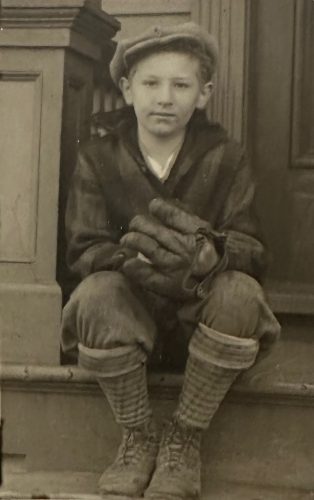
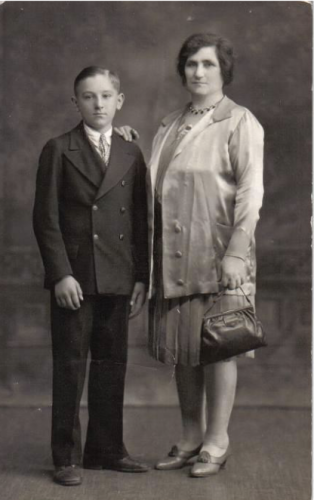
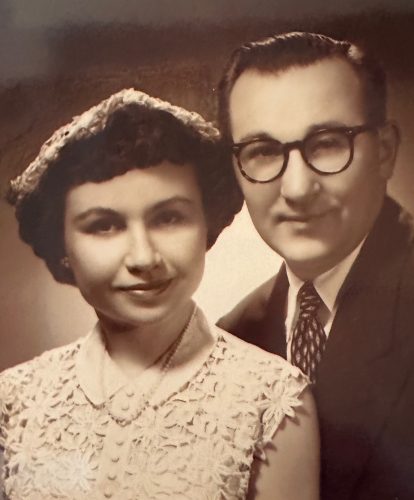
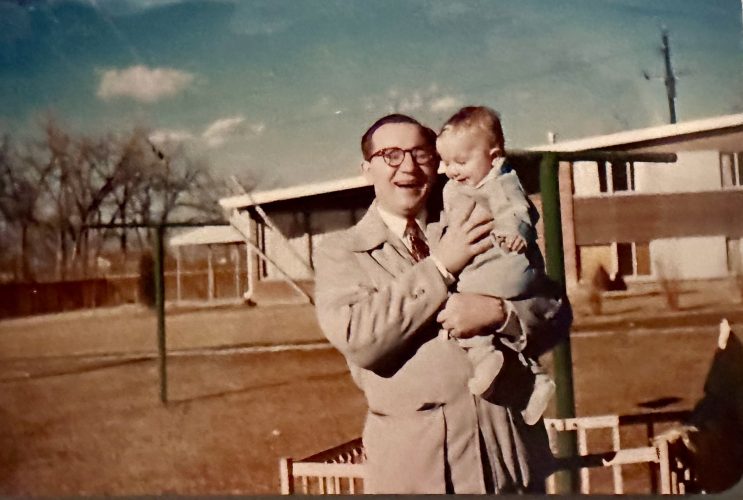
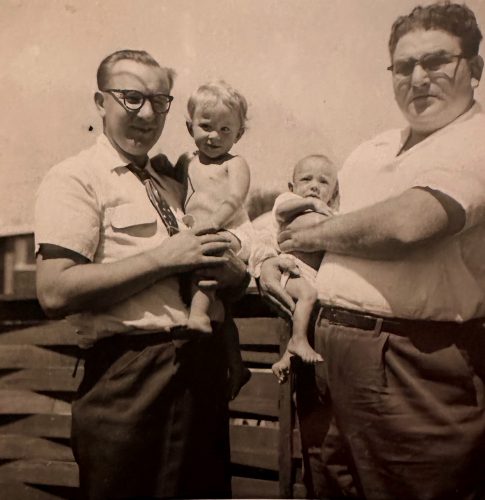
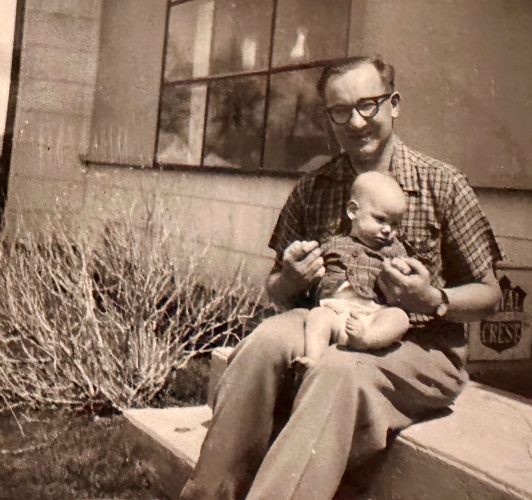
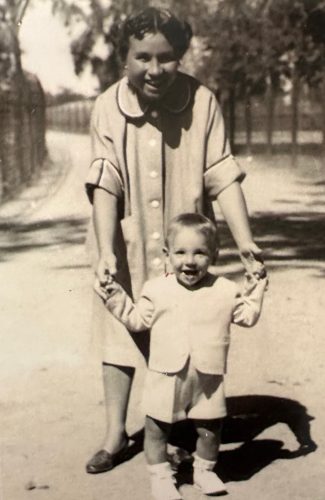
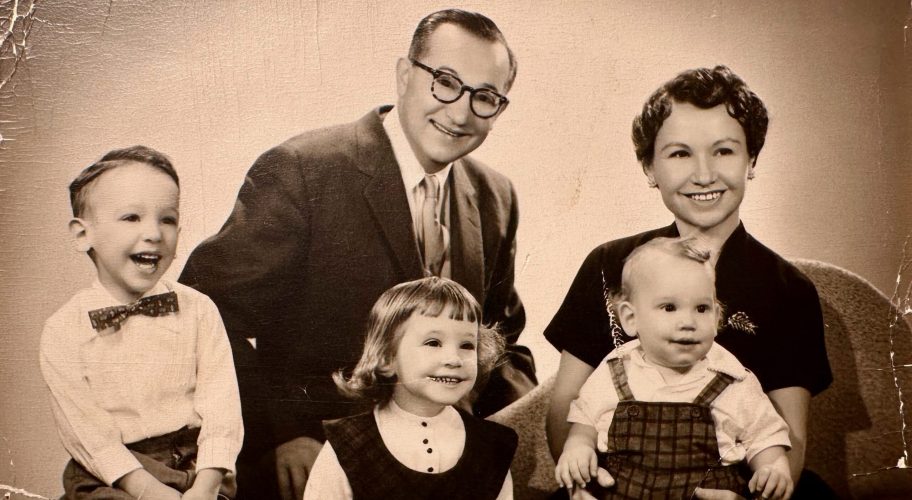
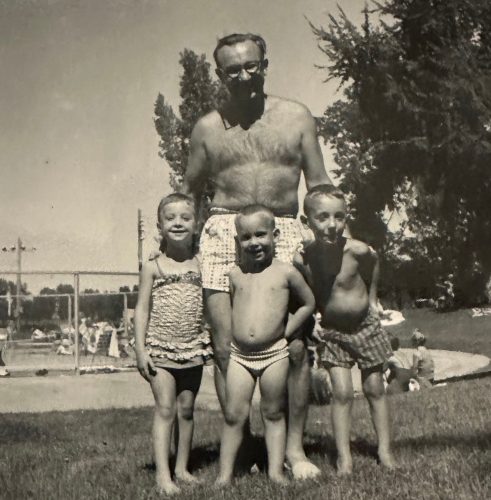

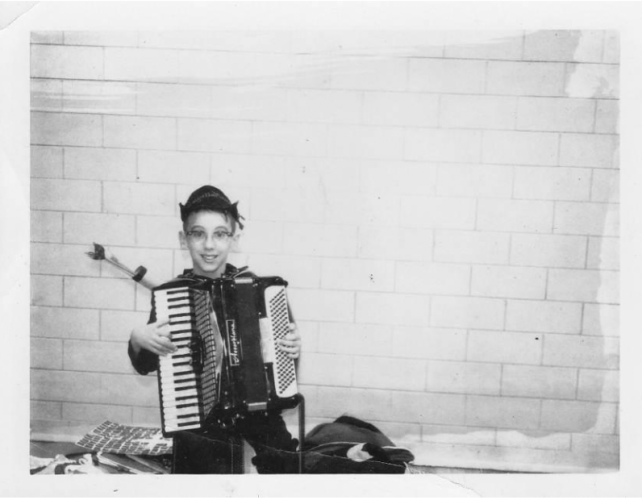
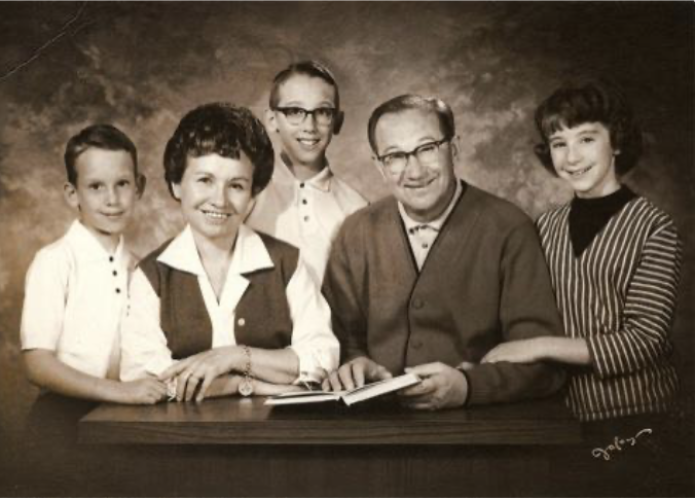
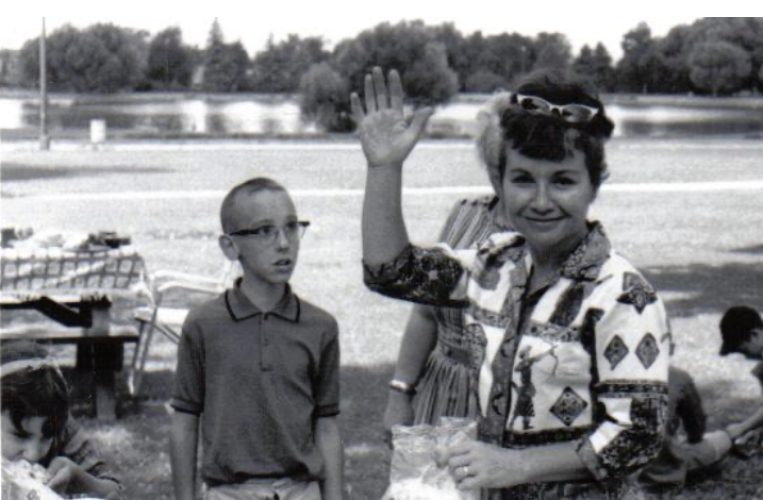

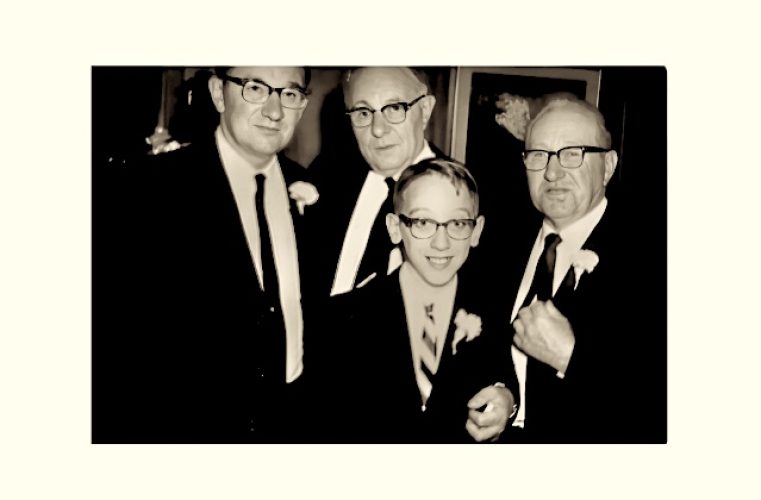
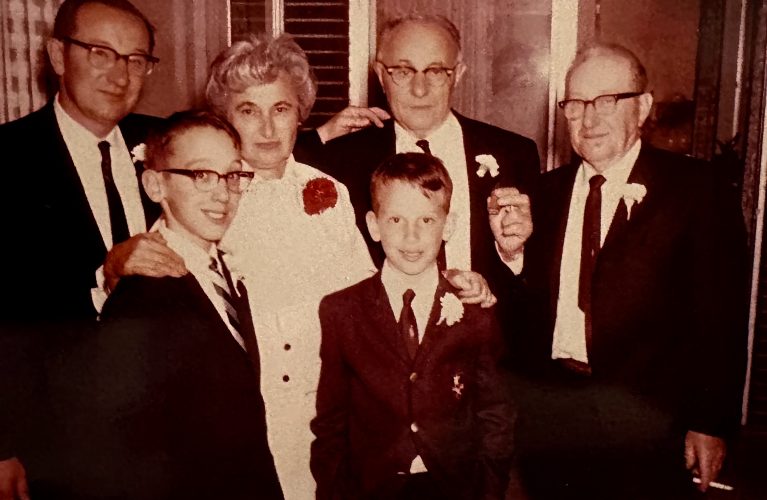
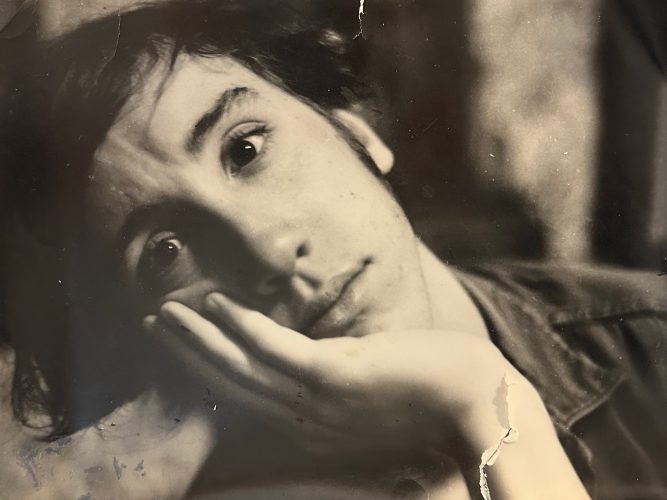
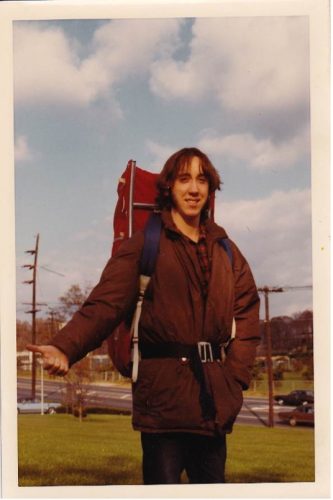
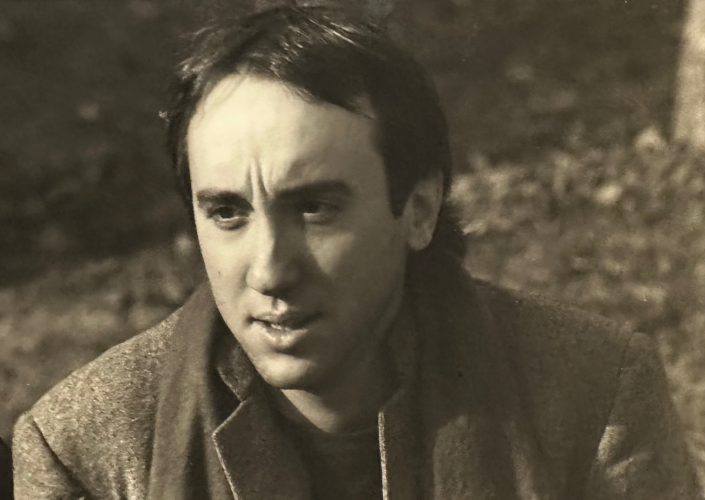
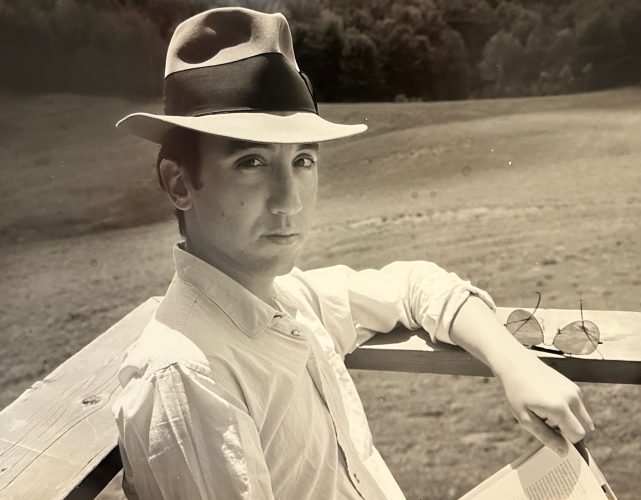

*Click the arrow buttons to scroll through the reviews.
Even if the audience must process a barrage of emotionally wrenching material, the book provides an irrefutably intriguing, haunting journey. A well-documented, intimate portrait of family woes.
Kirkus
Only 10% of Kirkus reviews receive a star and recommendation. Blood Flow is one of them.
A powerful portrait of love, grief, and the opportunity to free oneself from the past
booklife
by Publishers Weekly
I'm blown away
Joel Agee
Author of In the House of My Fear: A Memoir, Twelve Years, and award-winning translator.
Clear-eyed, Propulsive, Moving and True
Meg Wolitzer
New York Times bestselling author of The Interestings, The Wife and many other novels
Blood Flow travels emotional landscapes of place, time, and memory
Literary Titan
Literary Titan Book Award
I loved this multifaceted book
Deena N.
Amazon Reader Review
A journey of our very humanity
Greg D.
UK Amazon Reader Review
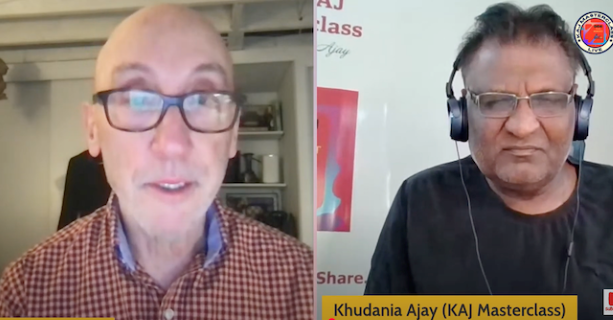
KAJ Masterclass
KAJ Master Class, hosted by Khudania Ajay. Streamed live on April 8, 2025. Award-winning author Larry Bograd opens up about his decades-long journey to make sense of his father’s suicide and how writing his memoir, Blood Flow, became a path to healing. This emotional and thought-provoking conversation explores grief, memory, and the power of storytelling. It is a must-watch for anyone seeking clarity, closure, or creative courage.
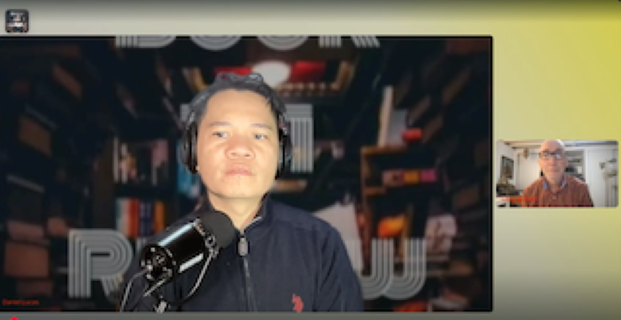
Book 101 Review
Book 101 Review is in its fifth season, hosted by Daniel Lucas, featuring Larry Bograd as the guest. Streamed live on April 7, 2025.
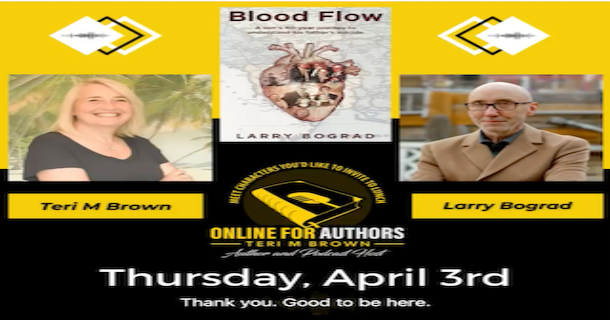
Online for Authors
Online for Authors, hosted by Terri Brown. Recorded April 2, 2025. “In my book review, I stated Blood Flow is a look at a son’s journey to understand his father’s suicide. This memoir is real and sometimes raw, but it always brings us back to the understanding that Larry’s father had a mental illness. His death when Larry was just 13 was unexpected for Larry but not for those around his father who understood the truth…. We also see some of Larry’s own struggles as he deals with heart issues in his mid-40s that threaten to derail the life he has created despite his early trauma. I enjoyed this memoir because it solidified what I’ve come to understand about people – we simply don’t know what is going on with them by looking on the outside. We need to do a better job to get to know and understand those around us.”

#12miniconvos
As Larry seeks to understand the trauma surrounding his father’s death, he reveals powerful truths about intergenerational grief, immigrant identity, and the resilience of the human spirit.
Poddin’ My Noggin’ with C. K. Simms
Losing a Parent to Suicide | Larry Bograd on Grief, Forgiveness & Writing Blood Flow.

Retrieving Sanity with Keegan Read
Telling the Untold Stories: Bloodflow from a Pen
In this powerful episode of Retrieving Sanity, host Keegan Read sits down with award-winning author and playwright Larry Bograd to unpack the intersection of grief, mental health, and storytelling. Together, they explore the lasting impact of Larry’s father’s suicide, the challenges of writing memoir, and the evolution of how we understand mental illness. From censorship in children’s literature to the healing power of humor, this candid conversation dives into the emotional layers behind memory, family, and creative expression. If you’ve ever struggled with grief, questioned the stories you tell yourself, or searched for sanity in the chaos—this one’s for you.

Join our email community!
Sign up to receive news, updates, and exclusive content.





